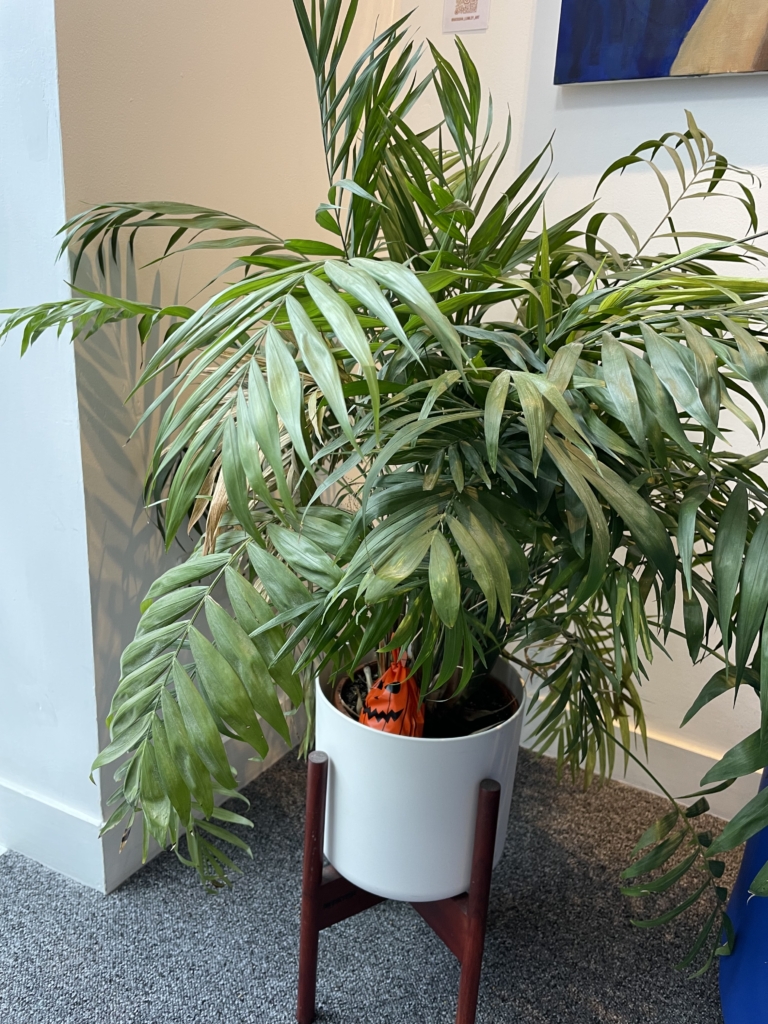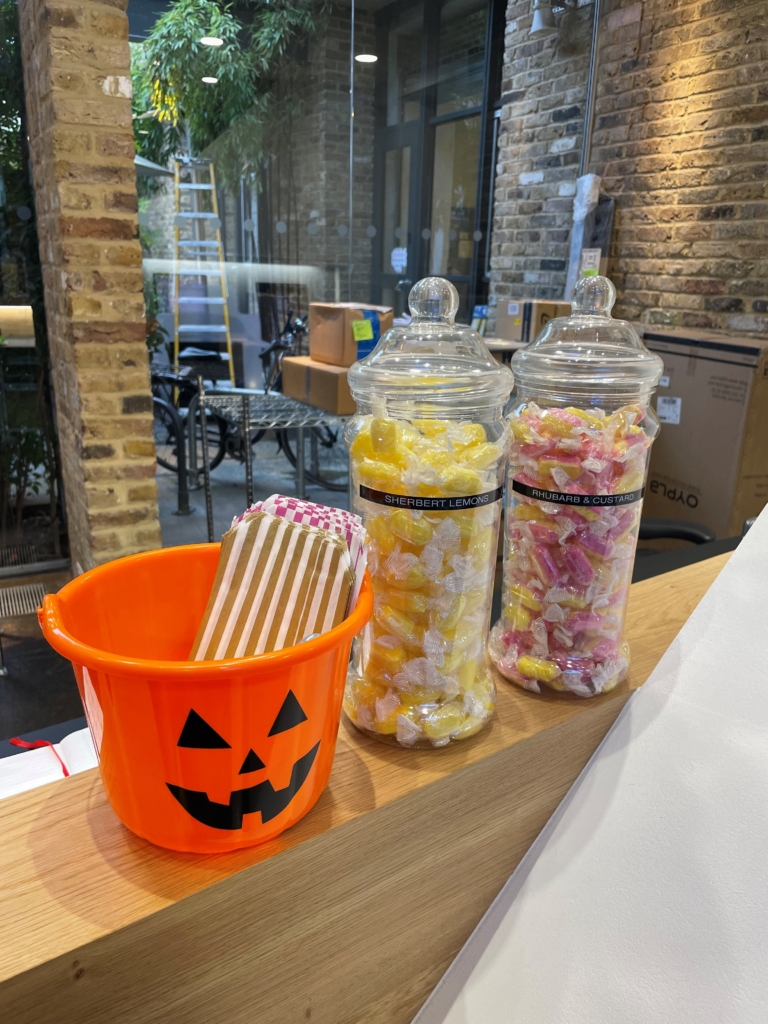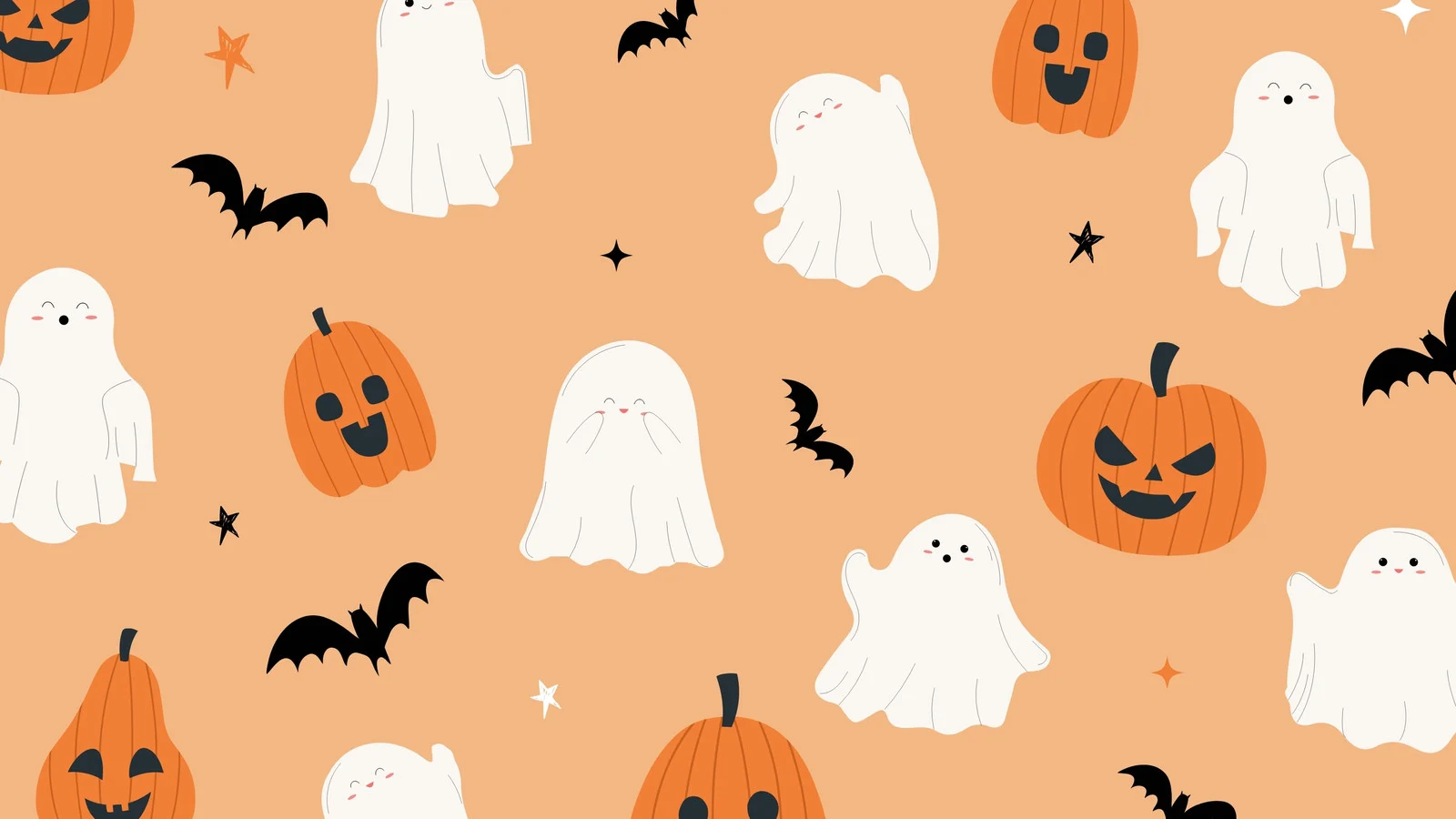As the leaves change colours and the air becomes crisp, a festive energy fills the atmosphere – it’s the season of Halloween. To mark Halloween in our own WES way, we decided to host a Trick or Treat sweet hunt for the clients around the studios. Little pumpkin packages filled with sweet treats were hidden in various creepy corners of the studios for clients to find throughout the day!

Halloween is celebrated worldwide and has become more of a phenomenon in recent years. It is seen as a day to get dressed up, no matter your age, and have fun. But beyond the costumes and sweets lies a rich tapestry of history and traditions that have evolved over centuries so let’s unravel the enigmatic origins of Halloween and explore the traditions that make this spooky celebration so enduring.
Halloween’s roots can be traced back over 2,000 years to the ancient Celtic festival of Samhain (pronounced “sow-in”). Celebrated on the eve of November 1st, Samhain marked the end of the harvest season and the beginning of winter. The Celts believed that on this night, the boundary between the living and the dead blurred, allowing spirits to roam freely. To ward off malevolent spirits, the Celts lit bonfires and donned costumes made of animal skins. These rituals aimed to appease the spirits and ensure a smooth transition into the darker months.
With the spread of Christianity, the church sought to integrate existing pagan celebrations into its calendar. In the 7th century, Pope Boniface IV designated November 1st as All Saints’ Day to honour saints and martyrs. The evening before, October 31st, became known as All Hallows’ Eve, eventually morphing into the Halloween we know today.

The tradition of trick-or-treating has its roots in medieval Europe. During the All Souls’ Day parades, the poor would visit homes, asking for food in exchange for prayers for the dead. In Ireland and Scotland, a custom known as “souling” involved going door-to-door for soul cakes. This tradition evolved in the United States in the 20th century, becoming the modern trick-or-treating we know today. Children, dressed in costumes ranging from witches to superheroes, go from house to house, collecting sweets and treats.
From ancient Celtic rituals to modern-day trick-or-treating, Halloween has undergone a fascinating transformation. It’s a celebration that transcends time, connecting us with our ancestors and allowing us to revel in both the mystical and the macabre. As we embrace the traditions of Halloween, let’s remember the rich history that has shaped this bewitching holiday into the spooky spectacle we enjoy today.

